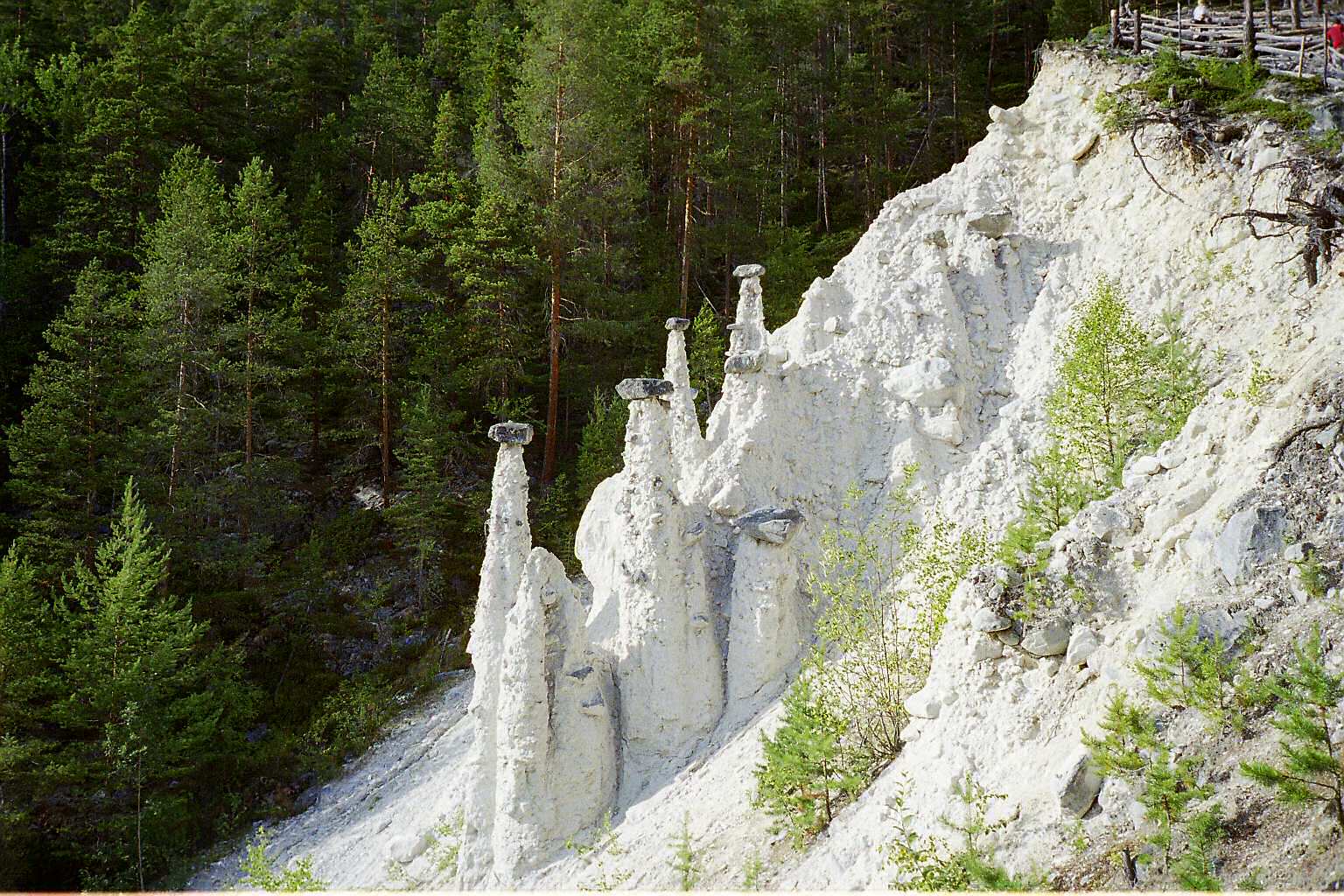|
Heidal Church
Heidal Church ( no, Heidal kyrkje) is a parish church of the Church of Norway in Sel Municipality in Innlandet county, Norway. It is located in the village of Bjølstad, in Heidal, a side valley of the main Gudbrandsdalen valley. It is the church for the Heidal parish which is part of the Nord-Gudbrandsdal prosti (deanery) in the Diocese of Hamar. The brown, wooden church was built in a Churches in Norway#Floor plan, cruciform design in 1941 using plans drawn up by the architect Bredo Berntsen. The church seats about 292 people. The church, cemetery, and Bjølstad Chapel are encircled by a sturdy double-layered timber-framed wall that is approximately tall. The wall has a slate roof on top. History The history of this church is rather complicated with several church sites and various buildings that have served the congregation over the centuries. The first church in Heidal was a wooden stave church that is said to have been built during the first half of the 11th century. The ch ... [...More Info...] [...Related Items...] OR: [Wikipedia] [Google] [Baidu] |
Sel Municipality
Sel is a municipality in Innlandet county, Norway. It is located in the traditional district of Gudbrandsdal. The administrative centre of the municipality is the town of Otta. The municipality also includes several notable villages including Bjølstad, Dale, Høvringen, Nord-Sel, Sandbumoen, Sjoa, and Skogbygda. The municipality is the 130th largest by area out of the 356 municipalities in Norway. Sel is the 172nd most populous municipality in Norway with a population of 5,531. The municipality's population density is and its population has decreased by 7.7% over the previous 10-year period. General information The new municipality of Sel was established on 1 January 1908 when Vågå Municipality was divided into three. The northeastern part became the new Sel Municipality (population: 2,287), the southeastern part became the new Heidal Municipality (population: 1,241) and the western part continued as Vågå Municipality (population: 2,953). During the 1960s, there ... [...More Info...] [...Related Items...] OR: [Wikipedia] [Google] [Baidu] |
Architect
An architect is a person who plans, designs and oversees the construction of buildings. To practice architecture means to provide services in connection with the design of buildings and the space within the site surrounding the buildings that have human occupancy or use as their principal purpose. Etymologically, the term architect derives from the Latin ''architectus'', which derives from the Greek (''arkhi-'', chief + ''tekton'', builder), i.e., chief builder. The professional requirements for architects vary from place to place. An architect's decisions affect public safety, and thus the architect must undergo specialized training consisting of advanced education and a ''practicum'' (or internship) for practical experience to earn a license to practice architecture. Practical, technical, and academic requirements for becoming an architect vary by jurisdiction, though the formal study of architecture in academic institutions has played a pivotal role in the development of th ... [...More Info...] [...Related Items...] OR: [Wikipedia] [Google] [Baidu] |
Jakob Klukstad
Jakob Bersveinson Klukstad (1705–1773) was a Norwegian wood carver and painter. Klukstad had great significance for future wood carvers in the Gudbrand Valley. Biography Klukstad was born in Lom, Norway, Lom. He spent most of his career on the Klukstad farm in Lesja. In 1734 he married Anne Knutsdatter (1704-1766) from Lom. Beginning in 1746 they are recorded as taking communion at the church in Lesja, where they continued for years afterwards. In 1747 Klukstad was recorded as holding a cotter's farm that was attached to the larger farm of Nordistugu Klukstad in Lesja. He was buried at Lesja Church, where a memorial stone recognizing his work was placed at his grave in 2000. Klukstad was a self-taught artist who developed his own unique style. His main artistic contribution came at churches in the Gudbrand Valley, where he received several major commissions. His altarpieces and pulpits were richly carved with motifs of continuous vines with large-leaved acanthus or smaller, c ... [...More Info...] [...Related Items...] OR: [Wikipedia] [Google] [Baidu] |


